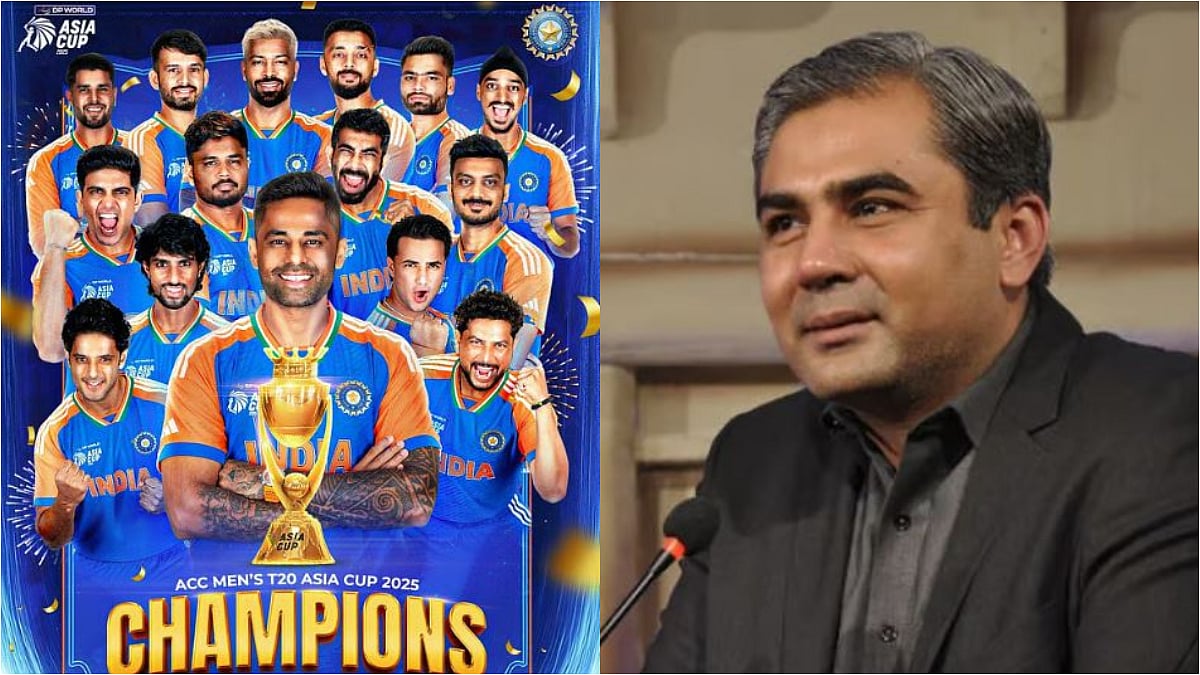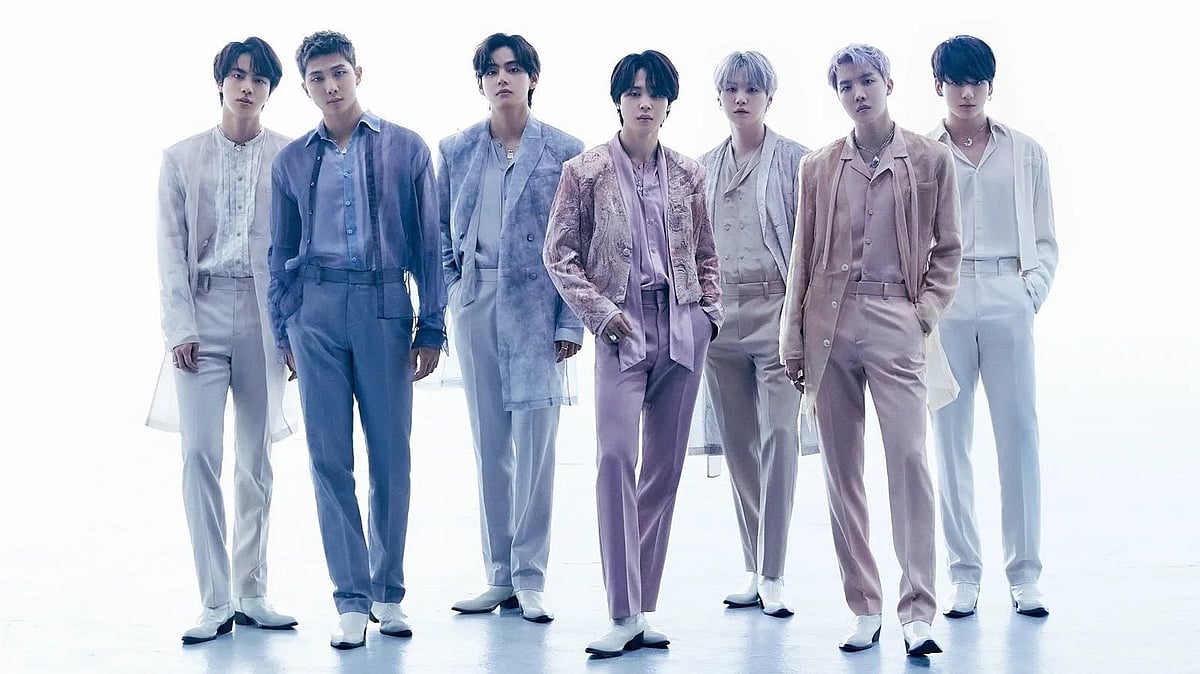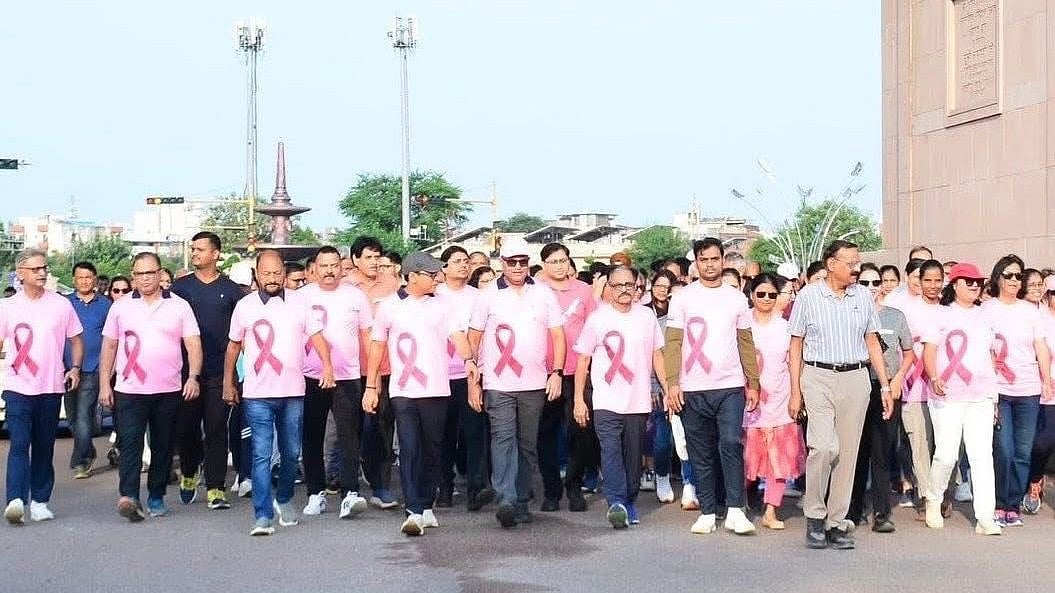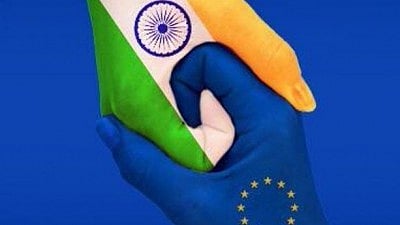GIIS, the Guangdong University Thinktank, in association with JaiHind College, Asiaconverge and the Chinese Consulate in Mumbai held a symposium on ‘Towards Better China-India Understanding: A Study of CPC Resolution on History’.
India and China are two resilient countries that have a past history and a shared future.
The full text of the communique of the 6th plenary session of 19th CPC Central Committee can be found at
http://english.scio.gov.cn/m/topnews/2021-11/12/content_77867764.htm
while an abridged one can be found at
https://www.globaltimes.cn/page/202111/1239151.shtml
Edited excerpts:
Dr. Ashok Wadia, Principal, JaiHind College, stated that he was glad that this kind of dialogue is happening and It is very important because it is very important then that we can come together, rather than go away from each other. History teaches us that so many dynasties have gone because everyone wants to be in the power and do something.

Dr. Ashok Wadia, Principal, JaiHind College, Mumbai |
Technology-wise, India has made that kind of impact because most of the CEOs of the companies today are Indians
We know that 23,000 Indians study in China. Of course, many more go to Western schools. But then the East is also important and East has already gone ahead and I will say technology-wise, India has made that kind of impact because most of the CEOs of the companies today are Indians. He spoke about the need to collaborate to find out what the present and the future requirements are, get into research together and seek out newer ways to collaborate.
Prof. Wang Tinghui, Vice- President, GIIS, drew on the history of the Guangdong University of Foreign Studies which was established in 1964. It is a key university (key universities offer courses in English as well, unlike provincial universities) with distinctive international characteristics. It is a major university in cultivating international talent in South China and an important research base in foreign language and culture, Foreign Economics and Trade.

Prof. Wang Tinghui, Vice- President, GIIS |
Friendly exchanges between the two ancient civilizations have continued to this day, she added. The university has played an important role in China, It began educational cooperation with India in 2011 and even started its Hindi language major with an aim to cultivate high-quality Indian language talent every year. Nearly 10 students get government support to study in India, learn Indian language languages and understand Indian culture. At the same time, more than 50 students from India have come to Guangdong University to study Chinese economics, journalism and other majors.
R.N. Bhaskar, Mentor, Asiaconverge, spoke of how for almost 2000 years, India and China accounted for almost two-thirds of global wealth. Their decline began with the printing press in the west. Printing of maps and books led to the industrial revolution. The invention of the steam engine and copies of sea route maps led to exploration then to colonisation. Both countries were mauled badly by colonisation and have begun recovering only recently. China has recovered faster, and India should learn how this is possible.

R.N. Bhaskar, Mentor, Asiaconverge |
Similarly, the manner in which China has eradicated poverty and illiteracy is something the world should admire. There is a lot to be learnt there as well.
China has now embarked on a path to reduce income and wealth disparities, and to promote common universal prosperity. He also talked about how China was moving into its fourth and fifth industrial revolution stages (the presentation can be downloaded from
https://asiaconverge.com/wp-content/uploads/2021/12/2021-12-22_Guangdong-symposium.pdf
Both countries working together have the potential of even dwarfing US-Canada trade. They could transform global wealth.
Prof. Chen Weiguang, Senior Researcher, GIIS, spoke about China and India working together to create a new landscape in China Indian cooperation. Even President Xi Jinping pointed out in his meeting with the Prime Minister of India that we need to make a plan for China India relations for 100 years from a strategic height and long term perspective.

Prof. Chen Weiguang, Senior Researcher, GIIS |
China and India need to work together in promoting multilateral cooperation including the BRIC country network, Shanghai Cooperation Organization, so on, he said.
Secondly, China and India can work together in industries. Both countries are mutually complementary in terms of pharmacy and there is huge potential for cooperation in this area.
Thirdly, we can work together in culture and in the film industry. India enjoys abundant resources in filmmaking. And India is very good at producing films and China has a large market and the audience in China has a huge demand for good films. There's huge potential for China and India to work together in this area.
Prof. Ravi Boothalingam, Honorary Fellow at Institute of Chinese Studies, Delhi, emphasized that the Sixth Plenary Session had addressed very important question of the historical resolution, because if you look at history, with a certain object that is to inform the present of the past so that we can move with confidence into the future. So it gives a rational look at history to learn from it honestly, to not shy away from mistakes that were made, to look at opportunities that were taken, but also those that were missed, to see how we can improve ourselves for the future.

Prof. Ravi Boothalingam, Honorary Fellow at Institute of Chinese Studies, Delhi |
“There are a lot of differences but differences do not mean necessarily anything negative. Confucius said that it is differences that give rise to harmony. So I think both the similarities and the differences need to be studied very carefully”, he said.
He pointed to three areas: First, that both China and Indian civilizations need to think long term (His views on this subject can be found at
https://asiaconverge.com/2021/12/india-china-the-long-view/
Secondly, it's a concept of service to one's people. Both countries have phrases for this. The world is one fact. How do we take such a concept into the future through China, India cooperation is a question that needs to be asked.
Both have strong national goals. China has the twin Centennial both 2035 and 2049. India has the goal of turning into a new India, with prosperity and welfare for all people.
To solve the border problem that is not easy. It's not going to be done in a short time. But at least to restore peace and tranquility so that aroused feelings of nationalism, in both countries, are set aside in pursuit of these larger goals. So we have to put our heads together to manage the present, to move into the future.
Prof. Sun Churen, School of Economic Trade, GDUFS, talked about international trade. He spoke of the relevance of the RCEP (Regional Comprehensive Economic Partnership), and how its current problem may have something to do with the worries that countries have for future trade relations

Prof. Sun Churen, School of Economic Trade, GDUFS |
He said tat if one compares the trade structure during the past 25 years “we can see the future trend and potential as well”. True, China witnessed faster growth of international trade but that meant that India would also benefit from China's growth because we have a very close trade relations. For both countries, the growth rate fluctuated greatly in the 25 years. One solution is to further China and India’s economic exchanges. This is going to alleviate fluctuation.
A lot of trade protectionism has taken place in the past few years. And that would also cause the reduction of export markets. So for China and India, we need to consider how can we maintain our competitive edge in the future.
For this, we must further enhance our connectivity in policy, infrastructure in trade capital and people to people connectivity.
Dr Suyash Desai, Researcher of Takshashila Institute, believes that history is very important. Earlier there was a lot of competition along with cooperation. But things have changed right now. The geopolitical situation has changed and we are more into the competition than cooperation. What is happening in between India and China right now is not very good for the future. On the borders we see that China and India are in a standoff for the past 18-20 months From an Indian Point of view, bilateral relations cannot be normal until and unless the immediate border problems are solved.

Prof. Suyash Desai, Researcher of Takshashila Institute |
Broadly I would like to say that the deterrence has been broken down which is leading to a security dilemma. So how do we address this problem for a better future?
First, deterrence doesn't have to be a security dilemma. It can also turn into cooperation which India and China have over the past 15-20 years before the deterrence broke.
Deterrence can also be achieved by internal dependence.
One of the options that I would like to propose for deterrence is cooperation and interdependence for a better future of India China relations in the future and one step is allowing Indian students who are already stuck in India to be allowed to go back to China for studying at universities.
Prof. Shen Minghao, Senior Researcher of Guangdong Academy of Greater Bay Area Studies, spoke about the opportunities that lie in the Greater Bay Area (GBA) – where exist 9 cities in the Pearl River Delta, Hong Kong and Macau (the presentation can be downloaded from
https://asiaconverge.com/wp-content/uploads/2021/12/Greater-Bay-Area-Opportunities.pdf

Prof. Shen Minghao, Senior Researcher of Guangdong Academy of Greater Bay Area Studies |
The total area is 56,000 square kilometers. It is 0.8% of the country's total land area but contributes 12 per cent of the country's GDP.
The manufacturing industry of the Pearl River Delta rose rapidly and Hong Kong became a centre for services and international finance, trade and shipping.
The second Economic Integration took place in the service sector territory the GBA supported by the closer economic partnership agreement.
Earlier we relied on labour and the other production factor to drive economic development by that has changed. Now we are relying on innovation, technology on improved efficiency to drive further economic growth and GBA wants to do something in this area to lead the country in this area
Dr. Archana Mishra, Assistant Professor of JaiHind College, mentioned how both India and China enjoy a huge geographical spread, and huge population demographics. The responsibility of both nations is to bring about balanced development and balanced growth. And China to quite an extent has been successful in bringing out an economic experiment or rather you can say by the strategies which it has taken up a substantial increase in the purchasing power of the people.

Dr. Archana Mishra, Assistant Professor of JaiHind College |
Both countries need to look back and introspect and learn from the wisdom of the 1000s of years of the civilizational exchange which has existed between India and China. So we need to enhance the mutual trust and chalk out the areas of cooperation actively, and chart out a path of common development. Trade relations, the cultural diffusion which occurred is something that we need to once again introspect and revive.
Tang Guocai, Consul General, Chinese Consulate in Mumbai gave the closing remarks where he spoke of how meetings like this provide a very good recap for further research and past research of the history and culture and cooperation between China and India. He highlighted three insights.

Tang Guocai, consul general of the Chinese Consulate in Mumbai |
First, our success, the success of the Communist Party lies in its adherence to people centeredness. The resolution of the Central Party Committee of the Communist Party of China on the major achievements and historical experience of the parties centennial struggle, which was adopted at the Sixth Plenary Session is one of the most comprehensive, profound resolutions and forms one of the three successive historic resolutions of the party. It reveals why we have succeeded in the past and how we can continue to succeed in the future. The answer lies in believing and adherence to people as the centre.
https://asiaconverge.com/2021/12/india-china-learning-from-history/
Second, we share a similar history. And we also share a common future if we look at past history. In the past, 70 years, strengthening relations between India and China have been the result of the five principles of peaceful coexistence. But there also have been stumbles of colonial legacies. Both nations are still relatively young and lack deep understanding.
Thirdly, we have to be in line with the people's hopes and to further our understanding. We have a shared future. We need development and exchanges. We have only one earth and we're all living in this global village with a pandemic climate change and terrorism. So those are common challenges that we're all facing.
Currently, the situation in China India borders is stable. This is recognized by both the speakers from the foreign ministers from both countries. If I may add, I will have to say that part of the reason is that both countries are trying to understand each other rather than having unrealistic expectations.
Both countries are very populous. So we actually account for almost 30% of the total world population, we shoulder greater responsibilities. That means we need to help each other rather than antagonize each other. We cannot fall into the trap set by the Western countries.










